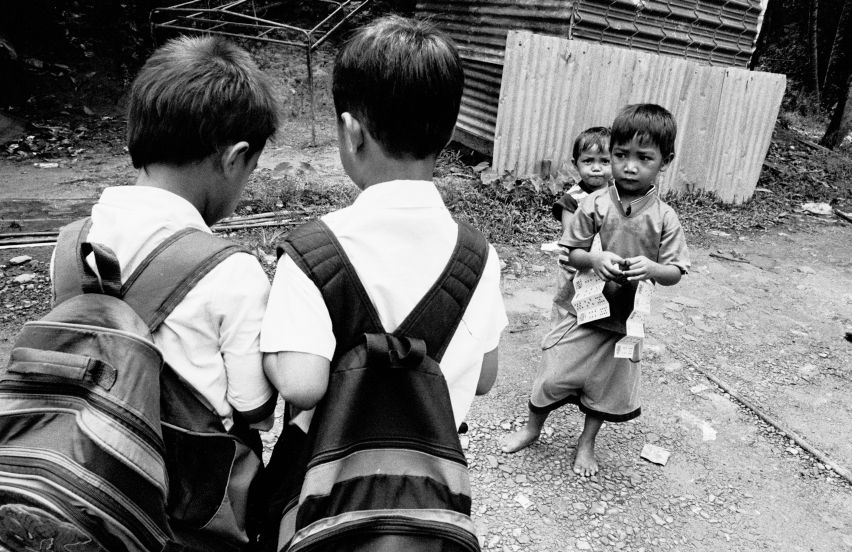World Refugee Day: Scaling the Economic Impact of Education

Photo by UNHCR / Greg Constantine.
On Wednesday, Amnesty International released a shocking report on the status of the world’s refugee crisis: One percent of the global population (or 73 million people) are currently fleeing their homes. This is the first time since World War II that the world has had this many displaced people. A range of crises have uprooted entire countries and regions including 9.5 million displaced persons from Syria, 2.3 million from Iraq, and 3.4 million from Sub-Saharan Africa. Point bank, this is a worst case scenario.
While a worldwide refugee crisis continues to spiral out of control, sectors which would otherwise fortify people and nations against economic loss and continued conflict — education, health, commerce — are being dismantled. Meanwhile, disasters like the Ebola crisis in West Africa and the Nepal earthquake are straining the global humanitarian capacity to respond, even to basic needs.
During the past year, conflicts have cost $14.3 trillion in spending and job loss. But the devastation of emergency situations runs deeper than damaged infrastructure: Families risk either going hungry or resorting to other means of income such as recruiting their children to work or marrying off their daughters for money. Even if they manage to flee the affected area or relocate to a refugee camp, basic goods are far from guaranteed. Commodities like education that don’t immediately contribute to survival are foregone and somewhere during the span of twenty years — the average length of one’s time as a refugee — an entire generation matures without basic, primary school-level skills. Though the consequence this has on global development is delayed, the economic loss is still acutely felt.
World leaders must agree on solutions and financing that responds to the true scale of this suffering and its long-term consequences. Consider the example of health: In 1993, the World Development Report argued that health expenditures are not a drain on the economy, but rather a critical investment in prosperity. Twenty years later, The Lancet Commission on Investing in Health found that health investments alone spurred 24 percent of economic growth between 2000 and 2011. Better yet, the trend suggested that by 2035, all countries could achieve a “Grand Convergence” and reduce their infectious, maternal, and child mortality rates to those of the best-performing middle-income countries.
Though The Lancet Commission zeroed in on bolstering the health sector, they noted that “improved education is a powerful mechanism of income growth” and that “healthier children are more likely to attend school and have greater cognitive capacity for learning.” There is a great deal of evidence for this. Half of the health improvements between 1960 and 1990 in low and middle-income countries were from changes in income and education.
Moreover, a newborn’s chances of surviving until age five depend on a mother’s literacy. Three million young children whose lives were taken from preventable causes in 2012 may have been alive today had their mothers completed primary education. An educated female population prevents child deaths and drains on health systems, increases productivity, and fuels economic growth.
While conflict strips a country of its human and economic resources, education helps to build it back. For every three years of violence, GDP growth drops at least 2.7 percent. Education, though, is both a buffer to prevent violence and health crises and a catapult for launching families out of poverty. Child labor, child marriage, violence, prostitution, and their costs to economies and societies rise in conflicts and among out-of-school children.
The economic cost of an uneducated female population alone costs some countries more than $1 billion a year. For nine countries (Burkina Faso, Cote d’Ivoire, Gambia, Lesotho, Liberia, Mali, Nigeria, Senegal and Yemen), their population of out-of-school children costs their economies more than an entire year’s worth of GDP growth. Those who are children in conflict, may spend their entire childhoods as refugees, raised without adequate education, without the means to return and rebuild their communities and economies and dooming future generations to the same cycle of poverty. For its power to boost all other sectors and because it’s a basic human right, global leaders from both the private and public sector should prioritize education. An emergency education mechanism that could rapidly liquefy funds to support learning structures amid conflicts is urgently needed as an investment in future generations.
